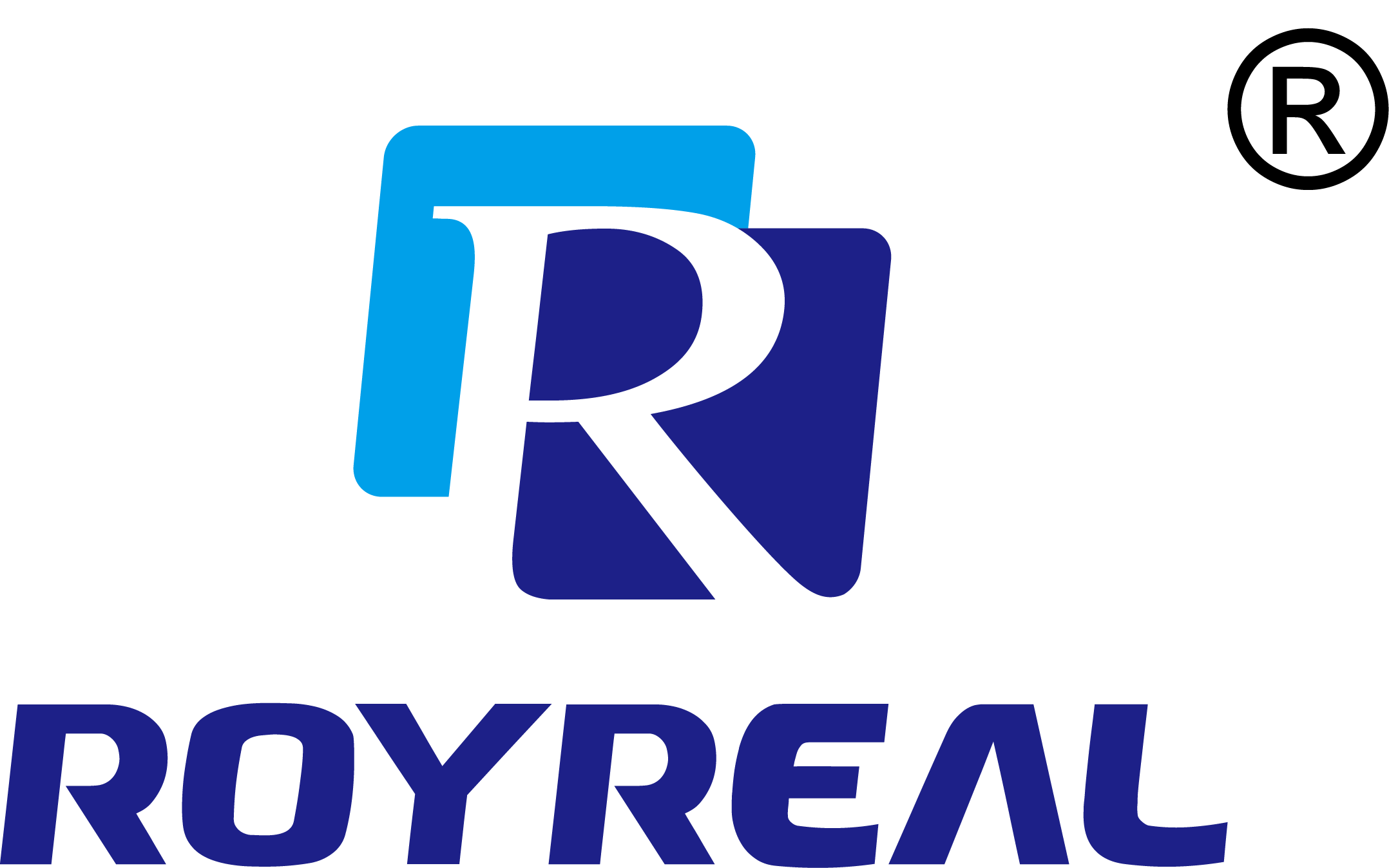The Significance of Calibrating Wet Gas Meters for Precise Results
Category: Industry News
Time:2024-12-09
Table of Contents:
1. Introduction
2. Understanding Wet Gas Meters
3. The Need for Calibration
4. Benefits of Calibrating Wet Gas Meters
5. Factors Affecting Calibration Accuracy
6. Calibration Process: Step-by-Step Guide
7. Common FAQs about Wet Gas Meter Calibration
8. Conclusion
1. Introduction
When it comes to measuring gas flow in various industries, accuracy is crucial. Wet gas meters play a vital role in providing precise measurements, but to ensure their accuracy, regular calibration is necessary. In this article, we will explore the significance of calibrating wet gas meters for achieving precise results and discuss the benefits and process of calibration.
2. Understanding Wet Gas Meters
Wet gas meters are specifically designed to measure the flow of gas containing liquid droplets or mist. These meters are commonly used in industries such as oil and gas, chemical, and pharmaceutical, where accurate measurements are essential for process optimization, safety, and compliance.
Unlike dry gas meters, wet gas meters are equipped with additional components to handle the presence of liquids in the gas stream. These components include liquid knockout pots, coalescing filters, and special rotor designs. However, even with these features, wet gas meters can experience performance deviations over time, making calibration necessary.
3. The Need for Calibration
Calibration is the process of verifying and adjusting the accuracy of a measurement device. In the case of wet gas meters, calibration ensures that the meter readings correspond to the actual flow rate of the gas, taking into account any deviations caused by factors such as temperature, pressure, and liquid droplets.
Failure to calibrate wet gas meters regularly can lead to inaccurate measurements, which can have severe consequences. Inaccurate readings can result in process inefficiencies, product quality issues, safety hazards, and non-compliance with regulatory standards. Additionally, inaccurate measurements can lead to financial losses due to overbilling or underbilling for gas usage.
4. Benefits of Calibrating Wet Gas Meters
Calibrating wet gas meters offers several key benefits, including:
4.1. Accuracy: Calibration ensures that the meter readings are accurate and reliable, enabling businesses to make informed decisions based on precise measurements. This accuracy is crucial for optimizing processes, maintaining product quality, and complying with industry standards.
4.2. Safety: In industries where gas flow plays a critical role, such as oil refineries or chemical plants, safety is paramount. Calibrating wet gas meters helps identify any potential issues or discrepancies, preventing safety hazards, and ensuring the well-being of employees and the surrounding environment.
4.3. Compliance: Regulatory bodies often have strict guidelines regarding gas meter accuracy. By calibrating wet gas meters regularly, businesses can ensure compliance with these standards, avoiding penalties, legal issues, and reputational damage.
4.4. Cost Savings: Accurate measurements through calibration help prevent overbilling or underbilling for gas usage. By eliminating errors in measurement, businesses can save money by paying for the actual amount of gas consumed and avoiding unnecessary expenses.
5. Factors Affecting Calibration Accuracy
Several factors can affect the accuracy of wet gas meter calibration:
5.1. Environmental Conditions: Variations in temperature, pressure, and humidity can impact the accuracy of wet gas meters. Calibrating the meters under controlled environmental conditions can help mitigate these factors.
5.2. Liquid Droplet Size and Concentration: The presence of liquid droplets in the gas stream can affect the meter's performance. Different droplet sizes and concentrations require specific calibration techniques to ensure accurate readings.
5.3. Meter Aging and Wear: Over time, wet gas meters may experience wear and tear, leading to deviations in performance. Regular calibration helps identify and address any issues caused by meter aging.
5.4. Flow Profile: The flow profile of the gas stream, including its velocity and turbulence, can influence the meter's accuracy. Understanding the flow profile is essential for achieving precise calibration results.
6. Calibration Process: Step-by-Step Guide
Calibrating wet gas meters involves several steps to ensure accurate results:
6.1. Preparing the Meter: Before calibration, it is crucial to clean the meter thoroughly and remove any contaminants that could affect the accuracy of the readings.
6.2. Establishing Reference Standards: Reference standards, such as a master meter or a calibration rig, are used to provide accurate flow rate measurements for comparison. These standards should be traceable to recognized calibration authorities.
6.3. Conducting Calibration Tests: The wet gas meter is subjected to various flow rates and conditions to evaluate its performance. The meter readings are compared to the reference standards, and adjustments are made if necessary.
6.4. Documenting Results: Detailed records of the calibration process, including the meter's performance, adjustments made, and calibration dates, should be maintained for reference and audit purposes.
7. Common FAQs about Wet Gas Meter Calibration
Q1: How often should wet gas meters be calibrated?
Q2: Can wet gas meters be calibrated on-site?
Q3: What are the consequences of not calibrating wet gas meters?
Q4: Is it possible to calibrate wet gas meters without interrupting the process?
Q5: Are there any industry standards for wet gas meter calibration?
8. Conclusion
Calibrating wet gas meters is of utmost significance in ensuring accurate measurements of gas flow containing liquid droplets. By calibrating these meters regularly, businesses can achieve precise results, enhance safety, comply with industry standards, and optimize processes. Understanding the factors affecting calibration accuracy and following a comprehensive calibration process is crucial for maintaining the integrity of wet gas meter readings.
Keywords:
 EN
EN RU
RU SP
SP
